What Are Income Restricted Apartments? 2025 Qualifications, Restrictions & How to Apply
-
Pete Ortiz
- Last updated:
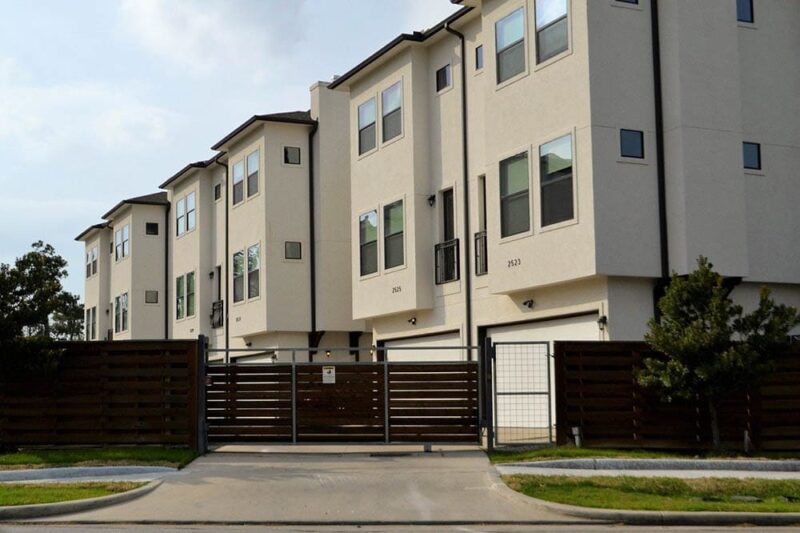
If you are looking into low-income housing options, there are a lot of programs and terms you need to navigate. One term that comes up relatively often is an “income-restricted” apartment.
But what exactly is an income-restricted apartment, who qualifies for them, and how does it differ from other low-income housing options out there? We’ll answer all those questions and more for you here.
What Are Income Restricted Apartments?
Income-restricted apartments are apartments that only rent to people whose income falls within a specified range. But while most apartment complexes will stipulate that you make enough money to live in an apartment, income-restricted apartments usually work the other way.
These apartments limit the maximum amount an applicant can make in order to accept them. These housing options are available to the tenant for less than market rates, but the landlord still makes the rest of their money through federal, state, and local subsidies.
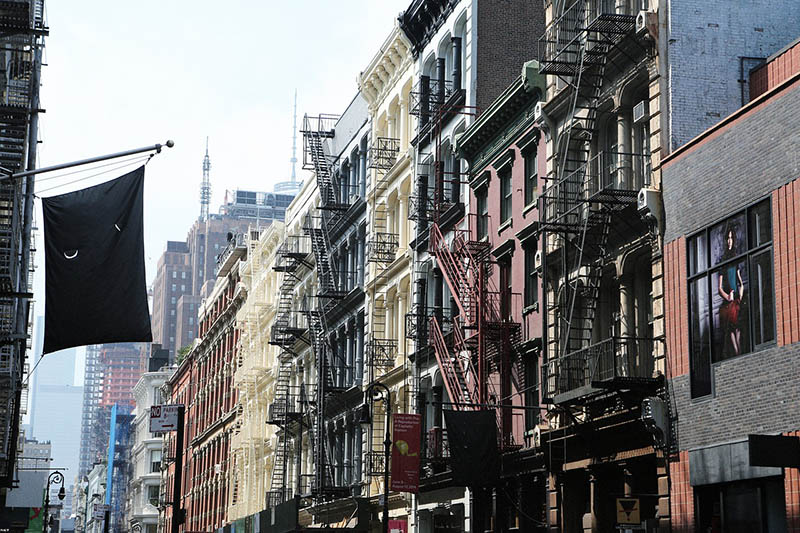
Who Qualifies for Income Restricted Apartments?
If you’re looking for a set income to qualify for income-restricted apartments, we recommend using this tool that HUD pushes out. This tool tells you the median income for the metro area near you. From there, you need to look at your specific city to determine where they set the income limit based on the HUD tool.
Typically, HUD and cities break down low-income families and individuals into three categories. The first category is simply “Low Income.” This definition applies to any individual or family that makes up to 80% of the area’s median income level.
The next category is “Very Low Income.” This definition applies to those that are at 50% of the median income level. Finally, there is “Extremely Low Income.” This definition applies if your annual household income is at 30% of the median income level.
Most cities will limit income-restricted apartments to those in the “Very Low Income” threshold, prioritizing those at the “Extremely Low Income” level.
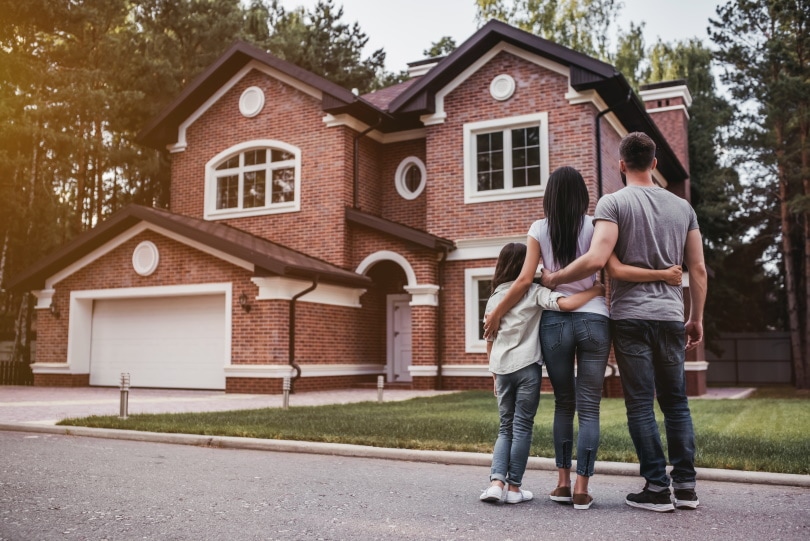
Income Restricted Apartments vs Income-Based Housing
Two terms that people often confuse with each other are “income-restricted apartments” and “income-based housing.” While the two terms sound similar, they refer to completely different programs.
Income-restricted apartments limit how much money you can make if you want to live there, and the apartments are usually available for a lower monthly rent because of this.
Income-based housing is often open to a wide range of people, but the actual amount you pay varies depending on your income. Typically, income-based housing caps your monthly rent payment to 30% of your pay.
The more you make, the more you’ll pay. But conversely, if you make less you will also pay less. But another advantage of income-based housing is that you usually don’t have to worry about earning your way out of the system, although you might choose to move if the rent gets too high.
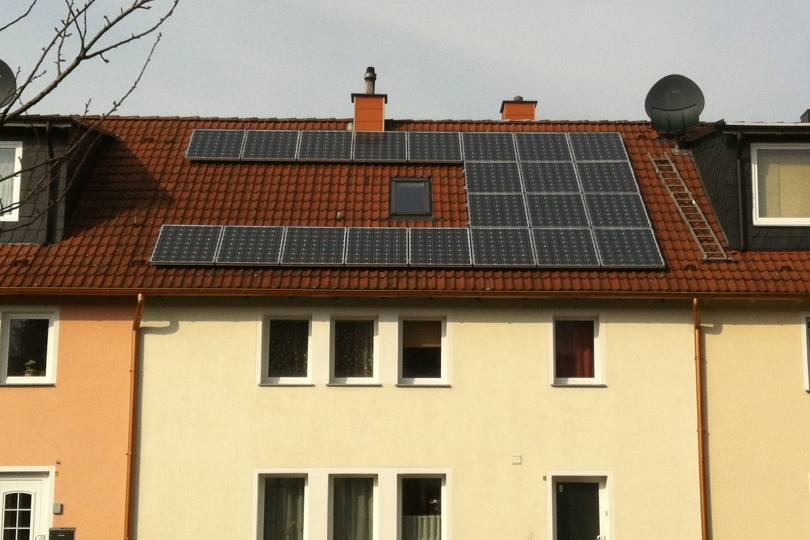
Other Affordable Housing Options
While income-restricted apartments can be a lifesaver for many low-income families, it’s not the only available option. Below, we’ve highlighted three different housing options you should look into if you are low-income.
Section 8
Section 8 housing is a housing voucher program specifically for low-income families, and the government helps make some of the rent payments through subsidies. There are quite a few stipulations to qualify for Section 8 housing, and in the end, it’s a voucher program.
This means there aren’t specific housing options to pick from. As long as the housing option meets the public housing agencies (PHA) minimum health and safety guidelines, it applies.
Public Housing
Public housing is housing where the local Public Housing Authority is the landlord. These developments are specifically for low-income families. If you make less than 80% of the income in the local area, you’re eligible, and 40% of units go specifical for families that make less than 30% of the median income in the area.
Typically these units use an income-based model, having tenants pay 30% of their adjusted income toward the rent.
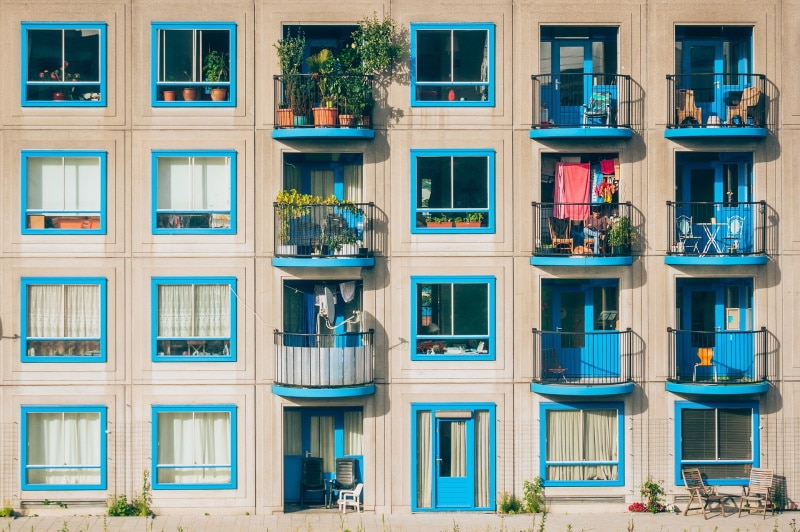
The Low-Income Housing Tax Credit
This isn’t a program that a low-income family can directly use to help solve their housing problems, but it’s a program that can indirectly help them. This housing tax credit goes to private developers that acquire, rehab, or build rental housing for low-income families.
If a developer receives a credit, they must provide a specific percentage of housing at a reduced rate for low-income tenants.
Final Thoughts
If you think you might qualify for income-restricted apartments in your area, you need to reach out to the local Public Housing Authority. They’ll have you fill out an application, and provide the proper documentation, then there’s a good chance you’ll end up on a waitlist.
Stay patient, and there’s a good chance a great housing option will open up for you before too long. In the meantime, the Public Housing Authority can help you find an available housing option for you as quickly as possible.
Featured Image Credit: ArtisticOperations, Pixabay
Contents


